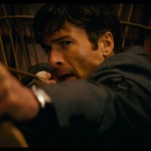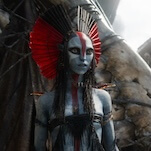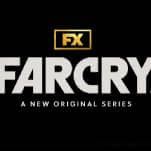Eric Chase Anderson is best known for his meticulous illustrations on the Criterion DVDs Rushmore and The Royal Tenenbaums, both directed by his older brother Wes Anderson. The younger Anderson's first book, Chuck Dugan Is AWOL (dubbed "a novel with maps"), features plenty of those kinds of drawings: miniature schematics of home interiors and watercraft that look like something a 10-year-old boy would doodle. But while Chuck Dugan is meant to resemble a book a 10-year-old boy might read—at least conceptually—its prose is plainer and cuter than most juvenile fiction. Anderson writes more like the brother of a filmmaker, introducing characters by description and presenting the action in a screenplay style, with lots of bare "here's what happened" and not much psychology or poetry.
The story begins in progress as 18-year-old whiz kid Chuck Dugan tries to warn his widowed mother not to marry a rogue known as The Admiral. Chuck's stepfather-to-be sends his three sons to prevent Dugan from showing up at the wedding, by lethal force if necessary. The resultant chase around Maine's Technical Bay involves multiple disguises, mansions with secret passages, submersible bicycles, pirate submarines, espionage, skullduggery, and buried treasure. In spite of all the action, the book feels slight and stunted, mainly because of Anderson's moment-to-moment plotting. He minimizes backstory, and just when the novel could use, for example, a flashback to how and why Chuck's mother got engaged to The Admiral in the first place, Anderson prefers to jump ahead, dropping his hero in the middle of the ocean.
Chuck Dugan Is AWOL is too charming to dislike. Anderson's sensibility, like his older sibling's, runs toward precocious youth and tarnished legacies, and the two brothers are equally skilled at constructing pocket universes out of the spines of Big Little books. But Anderson hasn't yet figured out how a sense of scope can create a necessary sense of awe. In one of Chuck Dugan's crucial scenes, Chuck and a friend dive toward a shipwreck and are confronted by a giant octopus. A canny illustrator might've sketched tiny human figures dwarfed by massive tentacles. Not Anderson. He makes a tiny drawing of the beast's eye, reflecting a full-sized, un-mussed, uninteresting Chuck.









































